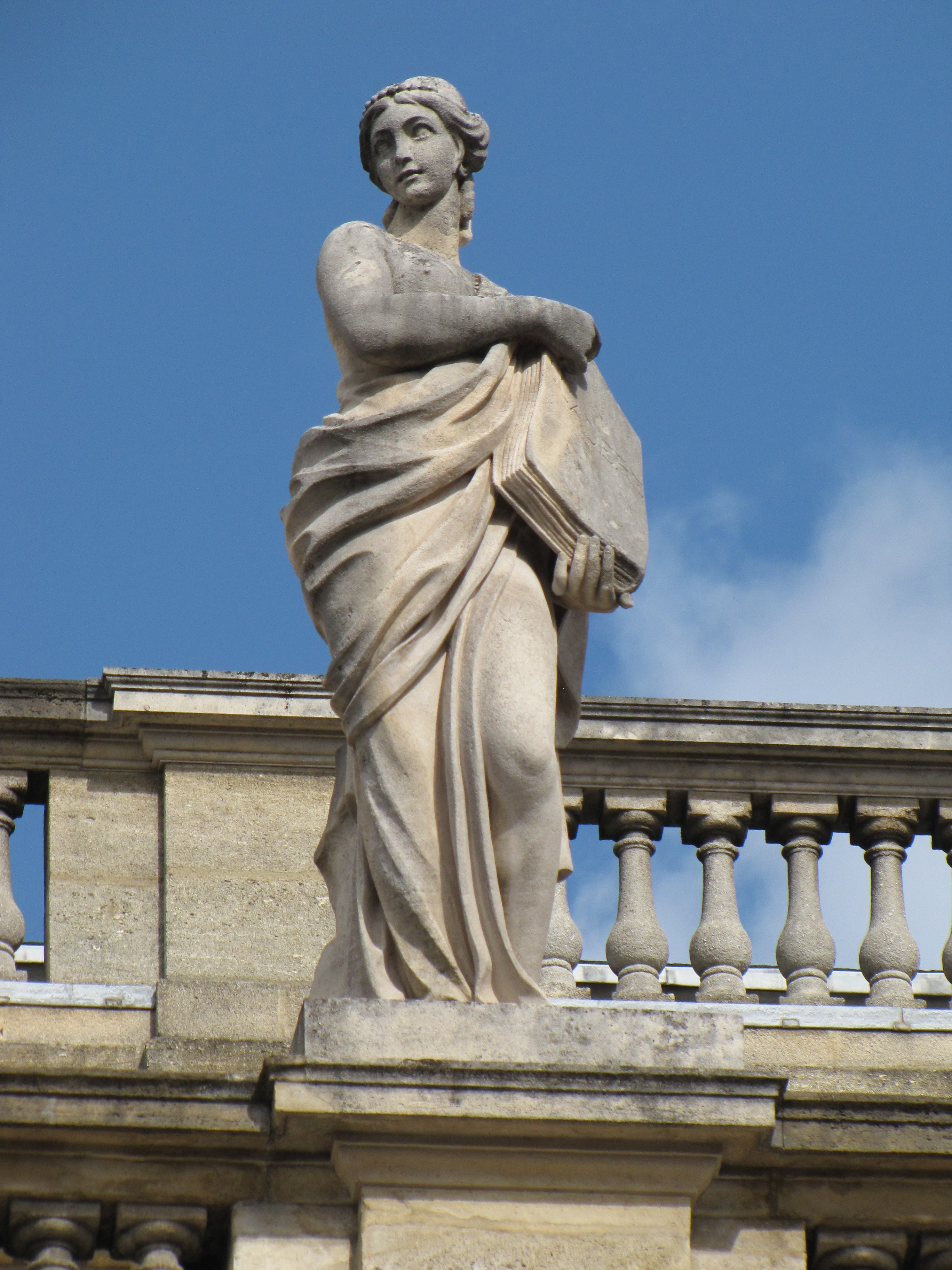by Hanna Tervanotko
One of the goals of CSTT is to foster dialogue between different disciplines that analyze the texts belonging to the Ancient Mediterranean and ancient Near Eastern cultural contexts. While it has been acknowledged for long that various literary traditions preserved in the Hebrew Bible have their origins in ancient Near Eastern cultures, the legacy between the ancient Jewish literary traditions and Greek traditions has not been inquired as thoroughly. The relatively small numbers of studies focusing on their cross-cultural relationship is surprising, given that for centuries the Mediterranean area belonged to the Hellenistic empire established by Alexander the Great. Hellenistic ideas left their marks in Jewish texts in different ways.
The purpose of my post-doctoral research is to analyze the portrayal of the Greek and Jewish prophets and inquire their cross-cultural connections. Recently, I participated the 14th congress of FIEC, Fédération international d’études classiques, organized in Bordeaux 25-30 August. The presentations offered at this conference dealt with the ancient Greek and Latin literature and the studies of their cultures from various perspectives including text criticism, reception history, intertextuality, archeology and gender. I will give three examples of the highlights of the conference.
The discovery of the new texts is very exciting. Recent years have witnessed publication of various new texts. Dirk Obbink (Oxford) discussed their significance for the notion of canonicity in his presentation “Merging and Emerging New Bodies: New Texts and Their Challenge to the Canon.” In Classical Studies, “canon” does not designate religious collection or one collection, but implies an accepted and received text that was widely used.
Many of the “new” texts are actually copies of texts that are already known and shed fresh light on the transmission process of particular works. Sometimes the new texts are only known from references in other sources. Therefore, the new texts can confirm that these texts existed and may have been “canonical” in antiquity. The third category of the new texts concern texts that were previously unknown. Thus, they bring new knowledge concerning the multiplicity and variety of ancient texts.
Taken together, the new texts demonstrate emerging text types in antiquity. For instance, recent discoveries have provided insights for the evolvement of genres such as novels and commentary texts as text types.
Interestingly, these remarks are not original for the scholars of Biblical Studies who have equally benefitted from the “new texts” discoveries, such as the Dead Sea Scrolls (DSS), during the past decades. As both Classical Studies and study of ancient Jewish texts have been enriched by new material, it is relevant to look how this material has been incorporated into the present research. For instance, when the text evidence grows scholars in the both disciplines are challenged to re-think the borders and forms of canons (or otherwise binding collections of texts) of their respective fields.
Another example of a research theme where Biblical Studies and Classical Studies can benefit from each other concerns different religious specialists. The Greek material with references to various religious functionaries is vast and several FIEC papers dealt with them.

Marie Augier, “Etre prêtresse et Parthenos, une question de virginité,” investigated the status of the Greek female priests who performed in different sanctuaries. Augier argued that, while scholars have often focused on women’s virginity and emphasized that as the primary requirement for performing as a priestess, the preserved epigraphs seldom mention that. In contrast, women’s purity and age seem to qualify them for entering the priesthood. This notion is significant because it allows also married women to function in the temples.
Fritz Graf, “Discussing the sale of Priesthoods,” analyzed the sale of priesthood that is documented in the preserved texts. They attest that, in particular between the Hellenistic era and the 1st century C.E., priests could enter into their office through different ways: through election, heritage or through purchase. The motives for selling and purchasing the priesthood were mainly economic; the elite of the society was involved with it. People who purchased the office of priesthood could have tax reductions and gained power that was handled by the priests, e.g., the control over rituals. The temples benefitted from this too because the feed gained by the sale were used for maintaining the temple. Such study emphasizes the power linked to the priesthood.
For a Biblical scholar, the study of cognate neighboring cultures helps to put the ancient Jewish texts and their production into a broader context. My impression is that the scholars are at the crossroads of interesting phenomenon. Many researchers have already acknowledged the new paradigm: rather than studying texts produced by different cultures in isolation and as separate fields of study, the scholars are increasingly recognizing for instance Greek and Jewish texts as parts of ancient Eastern Mediterranean culture. Texts that derive from these cultures were not produced in a vacuum, but as a part of the shared cultural context. This applies to both Greek and Jewish texts.
